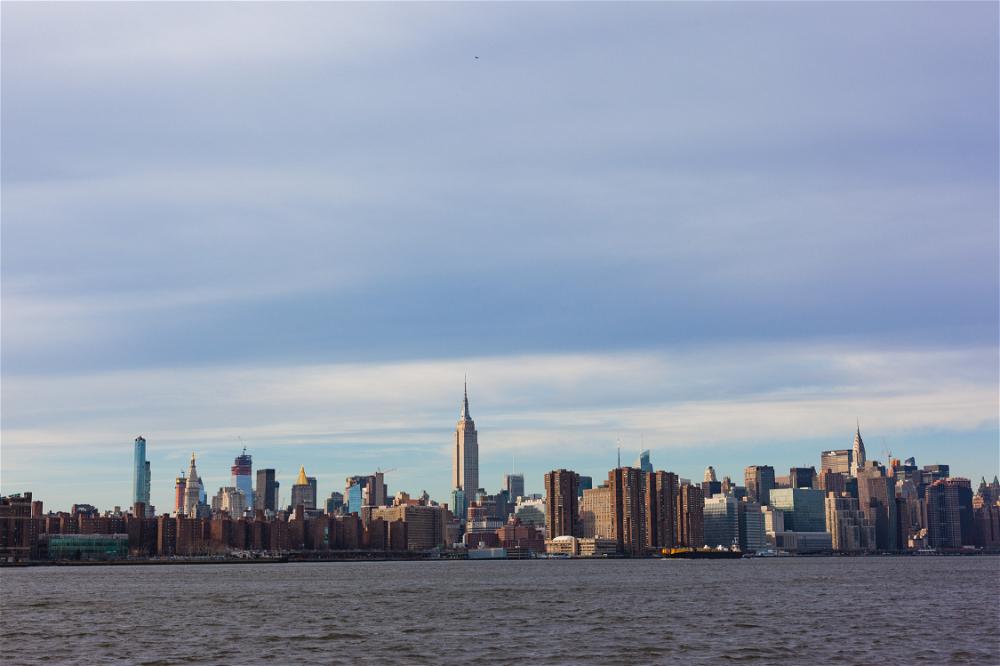Best Small Towns and Villages for a Portugal Road Trip
Updated on December 5th, 2024
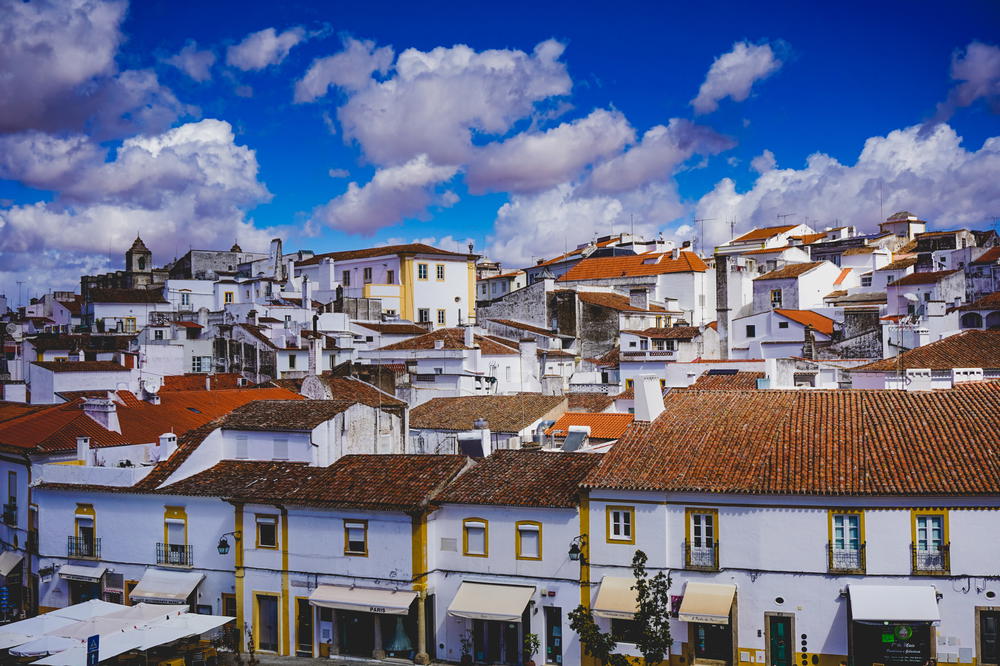
Which Alentejo villages are best to visit on a Portugal road trip? We found these charming and beautiful villages and towns to be the best for our tour of the Alentejo region in Portugal.
This article may contain affiliate links. We earn a small commissions when you purchase via those links — and it's free for you. It's only us (Becca & Dan) working on this website, so we value your support! Read our privacy policy and learn more about us.
After exploring Lisbon, we took a road trip around the southern half of Portugal in the Alentejo region. It’s a region that’s much less visited than the Algarve, and it’s the interior of the country.
We had no idea where we were going. What we did know was that we wanted to see lovely scenery and explore the culture in the Alentejo. We got just that, with a little bit of research, and a bunch of winging it.
As we drove straight east out of Lisbon without much of a plan except a guesthouse reservation in Évora, the south-central Alentejo region of Portugal stretched before us. This region is home to fields, castles, modest mountains, valleys, lovely people and a lot of history. Here’s our itinerary, with a bit about each place, so that you can explore the best of this worthwhile region of Portugal.
Our Alentejo itinerary
- Portalegre
- Castelo de Vide
- Evora
- Beja
- Serpa
- Mertola
This itinerary can take about 3 days, if you spend nights in Evora and Mertola, with a travel day back to Lisbon, or onward to the Algarve, at the end.
Portalegre
Our first stop on our Portugal road trip was Portalegre, a town of nearly 25,000 residents, and not well-known for tourism.
It was here, off the typical tourist route, that we found a white-washed town with narrow uphill streets of homes with yellow painted windows and laundry hanging outside. We sat down for lunch at Restaurante Cervejaria Santos for some coffee, olives and a light lunch.

We explored the rest of the town center, finding pristine old streets and a large church where students were hanging out. As it turns out, many business close in this region of Portugal on Mondays, so there was not much to do.
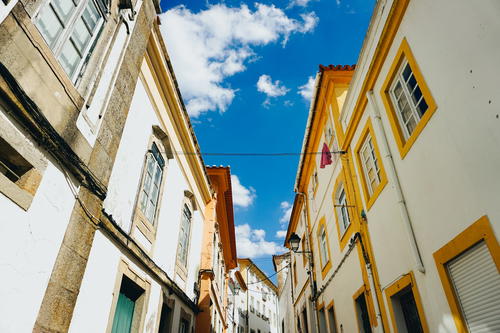

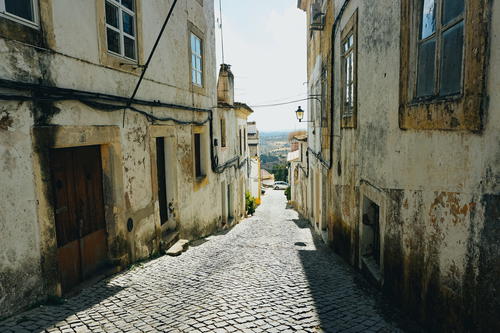
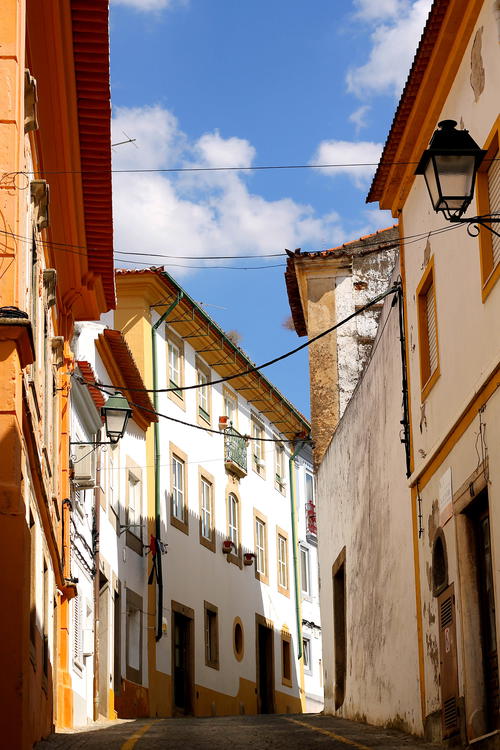
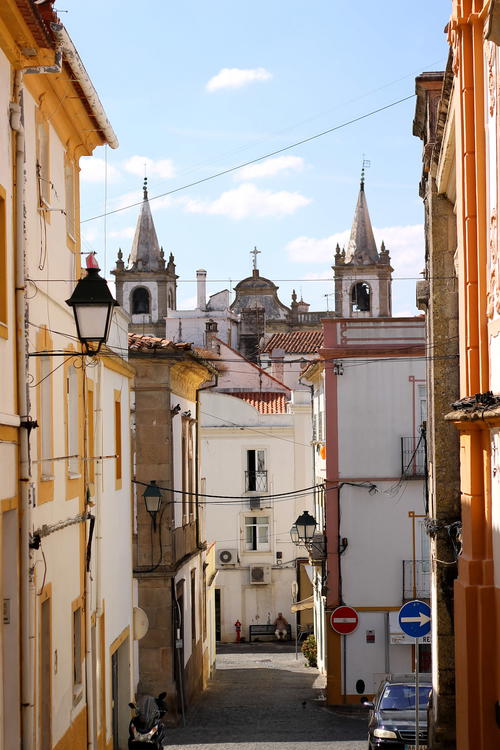
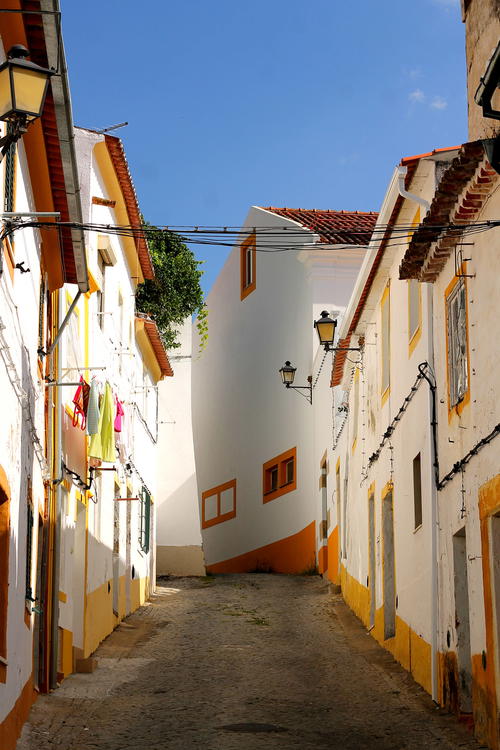

We drove on, but now a bit northward, to Castelo de Vide, a village Becca had read about and said we might as well stop by, as it’s not clear when we’ll be back.
Castelo de Vide
Castelo de Vide, a quiet town of 3400 people and only 17.5 km from Portugal’s border with Spain, became our favorite Alentejo village.
Because it’s harder to reach, Castelo de Vide is even farther off any tourist route. We took in the charm of the azulejos on the buildings, the steep hilly roads, the end of town from where we could see an expanse of farmland, and the historic synagogue and Jewish lane, which were once home to a tiny Jewish population.
You can Explore More About the Jewish history of this village if you’re curious about learning more. We couldn’t get enough of the scenery.
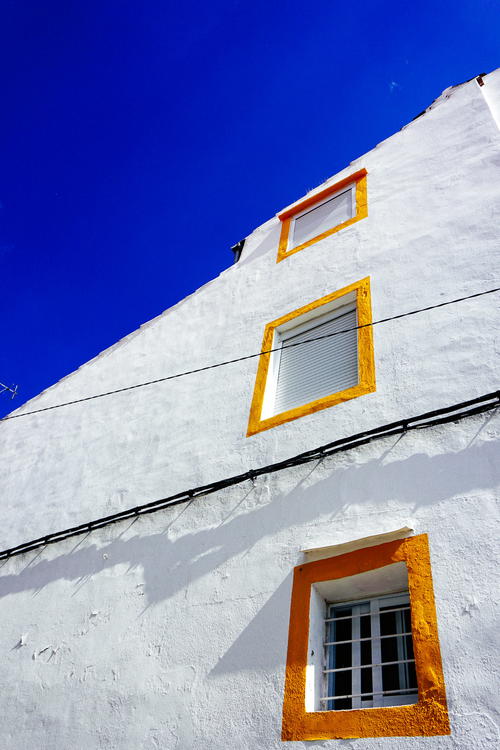
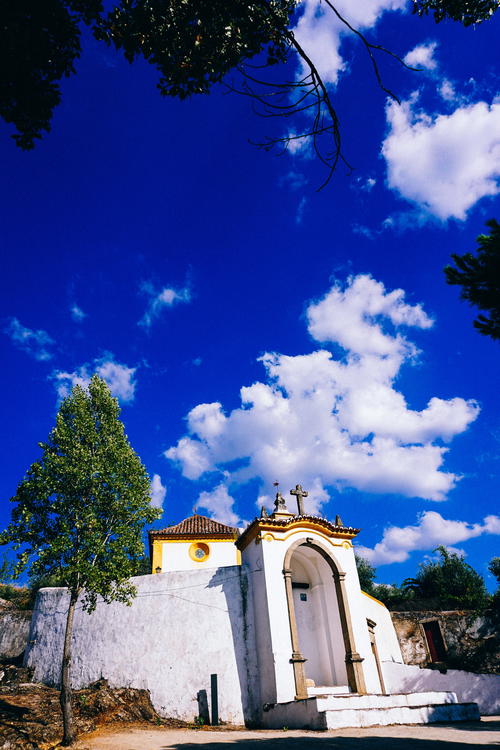

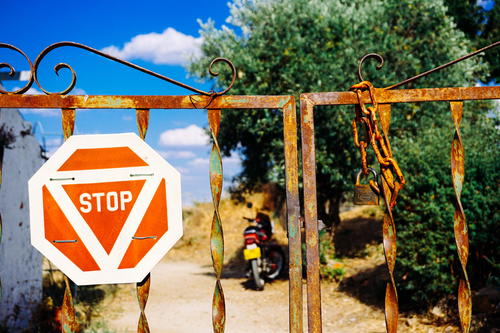
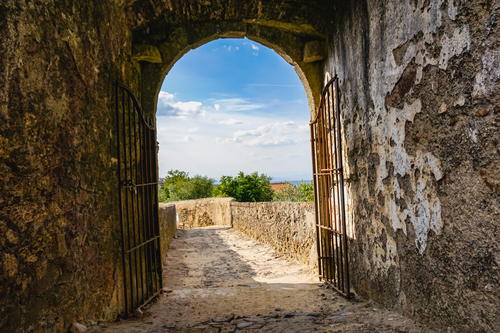
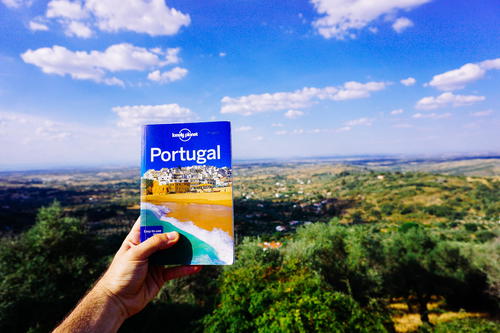
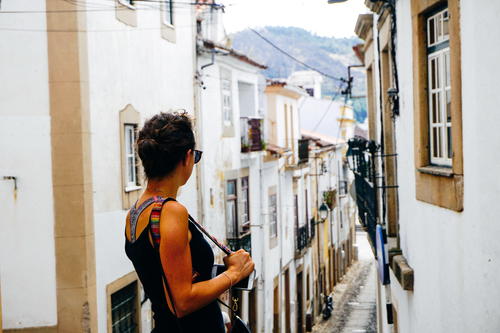
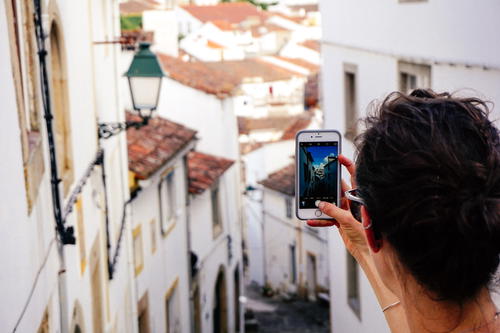
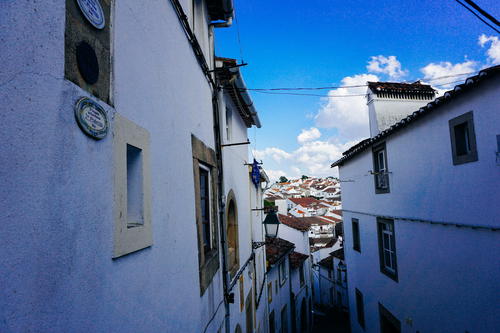
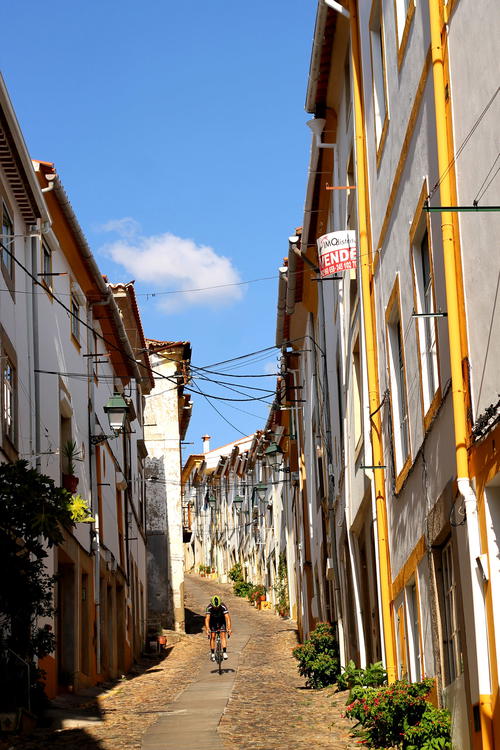
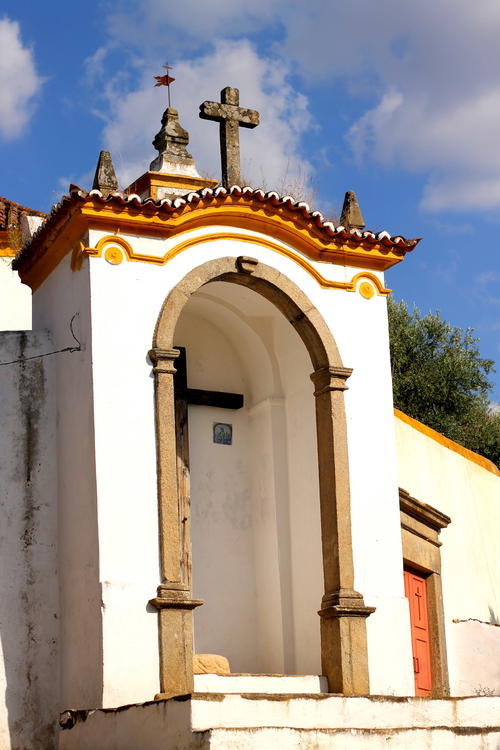
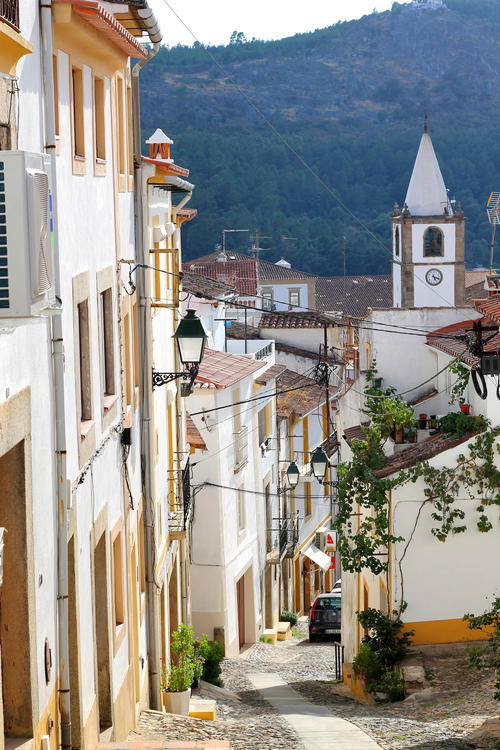
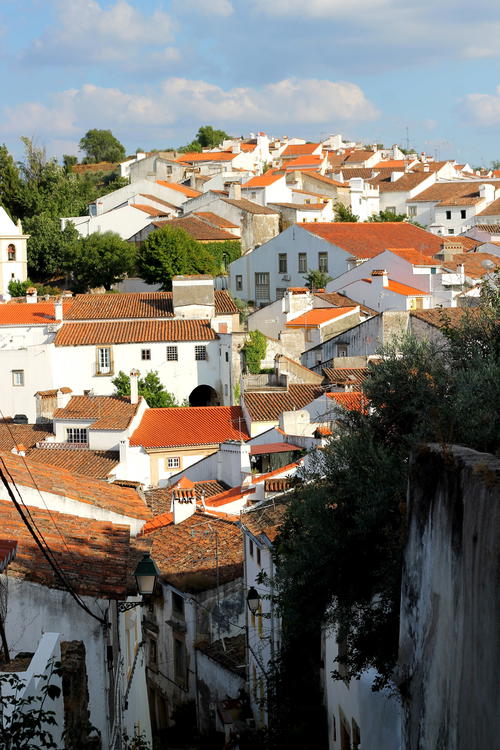
Évora
Évora is the best can’t-miss Portuguese village. The secret is completely out on this one, and you’ll notice that Evora gets all the attention: It’s a popular one-day trip for tourists from Lisbon. It is one of the biggest attractions in the south of Portugal.
The town is easy to get around by walking, and the architecture is beautiful.
We arrived after dark to our guesthouse, which had a nice outdoor space, friendly travelers and spacious private rooms that were like staying in an old house.
After having dinner at a trendy burger place in a cellar, we found obligatory dessert at Uafas, a popular pastry shop. We sat in a small pocket town square and watched visitors and locals enjoying their warm autumn evening.
Best sights and attractions in Évora
Évora is, to say the least, pretty touristy. In the morning we saw the market and Capela dos Ossos, the famous bone church, which was a bit overrated, as far as our preference for attractions goes.
We preferred walking around outside and seeing the grand plazas, stopping to sit down for coffee at Cafeteria 35, which is on a small street and feels like the set of a movie.
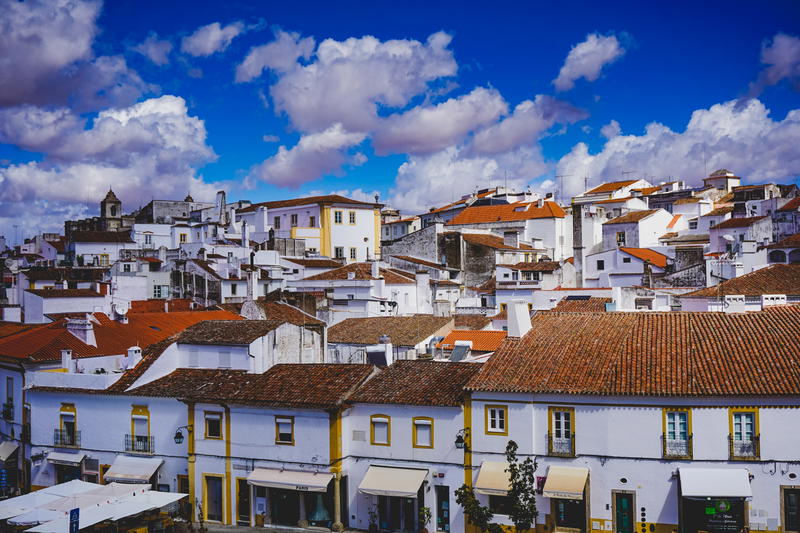
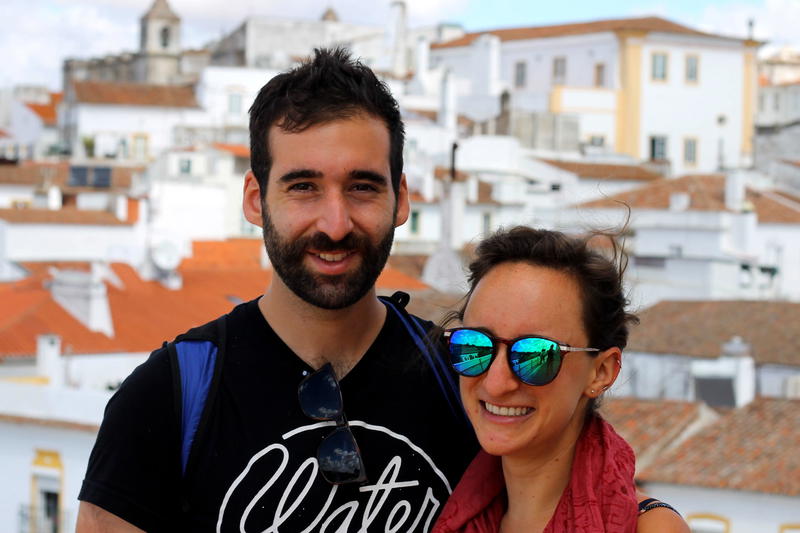
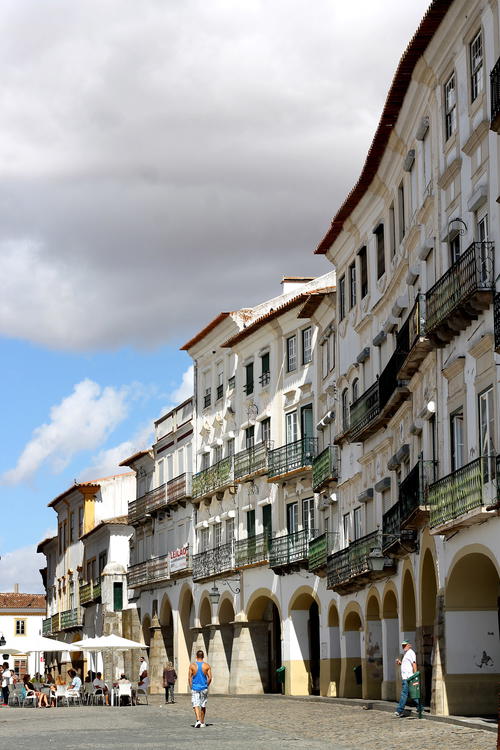

Without much more to see in Évora, and we recommend one day here, we set off for the southern half of the Alentejo for what was in store for us there.
Serpa
Serpa came recommended to us via a business contact I had in Lisbon. He said surely, not many foreigners nor tourists go to Serpa, but for locals, it’s known as the village with the famous aqueduct.
We arrived at this postage-stamp-sized village and sure enough, a massive aqueduct towered over the town and through it. We parked the car on the exterior of the village and wandered our way in, through the low-lying one- and two-story homes painted white.
In the middle of this tiny town is castle ruins. We walked around, and from the top of the castle and the city wall was a beautiful view of the charming countryside. Without even trying hard, you could see miles of neatly-drawn-out farmland sprinkled with farmhouses and hills.
Mertola
Mertola wasn’t necessarily on our way to the Algarve, but it was not terribly out of the way, either. Mertola came recommended from our Lonely Planet guidebook as a tiny village where a traveler could end their stay in the Alentejo before heading to the Algarve via car.
We had to figure out where to stay and opted to book on Booking.com only the day before arriving in Mertola. We stayed at a comfortable quiet hotel next to the river, with parking right next door.
For dinner, there were not too many options, or rather, the places listed in our guide were full of people who had gotten there early. We opted for a light dinner with wine, beer and olives at Migas, located near the main street of the village.
In the morning, we explored the Castelo de Mertola, which had worthwhile views from the top where we got to take a lot of nice photos. It was the most memorable thing we did in Mertola that we recommend.
You may also like
-
![The sun is shining on the top of the building in Madrid, Spain.]()
What to Do with a Layover in Madrid
Short on time but want to make the most of your layover in Madrid? Check out our top picks for sightseeing, dining, and entertainment during your stay in the city.
-
![New york city skyline from the water.]()
2025 Guide to Renting an Apartment in New York City
How do you rent an apartment in NYC? Here, I'll discuss how to find the best NYC apartment for renting, with tips on what to ask when renting an apartment in NYC.
-
![A person capturing the beauty of a Barcelona building through photography in Spain.]()
The Best Things to Do in Barcelona
This Barcelona travel itinerary hits all the top things to do and best sights to see in a long weekend or a week. These easy things to do in Barcelona are mostly free!
-
![Woman walking on Broadway in Soho and Grand St in Soho, New York City]()
31 Ways How to Live in New York City on a Budget
What’s the cheapest way to live in New York City? To find out how to save money in NYC, and how to live frugally in NYC, use these best NYC lifestyle tips and hacks.
-
![Tall buildings in Hong Kong.]()
Hong Kong Travel Guide for First-Time Visitors
What’s there to see and do in Hong Kong for a first-time visitor? Here’s my favorite sights and local neighborhoods for the traveler who likes things off the beaten path.
-
![]()
27 Laptop-Friendly Cafes in Manhattan with WiFi in 2025
Where can you work from home, but in a laptop-friendly cafe in Manhattan? See this list of the best Manhattan coffee shops with WiFi where remote working is welcome.

